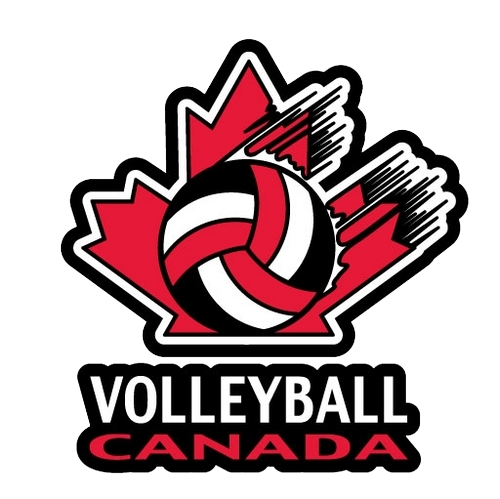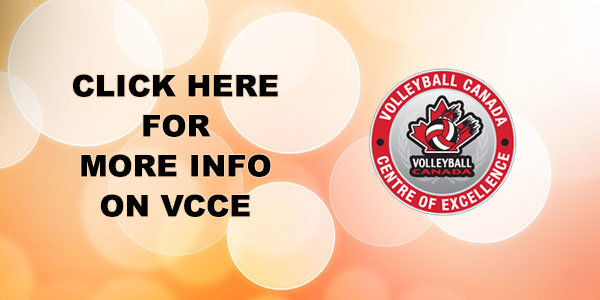Catching-up With the Rest of the World

by Orest Stanko
Recently Canada’s national teams accounted themselves very well at several important international competitions: Canada’s U21 men’s team finished a very respectable eighth at the FIVB World Championships in Mexico; our senior men’s team won gold at the NORCECA Men’s Continental Championship after beating Cuba 3-1; and our senior women’s team finished fourth at the NORCECA Women’s Continental Championships. Both senior teams have given themselves an opportunity to qualify for the 2016 Olympic Games in Rio.
Although we seem to be making strides internationally and are starting to compete with the top teams in the world, there still appears to be a gap.
Following the U21 World Championships, head coach John Barrett remarked:
“Our technical difficulties in the second round left us with the inability to show our best volleyball. This leaves us with the reality of the amount of quality work that must be done to catch up with other teams of the world.”
John’s assessment does not represent the first time that I’ve heard that the key differentiator is technical skill. The top teams exhibit better/more consistent ball control, and generally serve and pass at a higher level. A primary reason for Volleyball Canada’s (VC) decision to initiate the Volleyball Canada Centre of Excellence (VCCE) program was to address this disparity and provide identified athletes with access to enhanced training to improve individual skill execution and prepare them for “the next level.”
The VCCE is certainly a step in the right direction. However, in and of itself it is not sufficient. Club’s need to reassess their measures of success and specifically training to competition ratios on an age category basis, i.e., adopt the LTAD model. And governing bodies, such as the Ontario Volleyball Association (OVA), need to re-evaluate their competition model and especially for the U17 and U18 age categories.
Currently, aside from a two (2) day Grand Prix format, the OVA applies the same competition model to all of the age categories; fair play and triple ball for the younger age groups notwithstanding. Teams are grouped in pools of three (3) and play in day-long events. Facilities are often sub-standard, e.g., it is inappropriate for a 6’7” male athlete to be allowed to take one step into court on his serve because of space limitations at the base line. Moreover, teams can play up to 18 sets in a single day. How does this model contribute or support high-performance and prepare our athletes to compete internationally?
The time has come – in fact, long overdue – for the Provincial Sport Organizations (PSO) and VC to take a somber look at overhauling our competition structure for the older age groups. How about a league format? Teams play a maximum of two (2) best of five (5) matches every other week in facilities that are appropriate. Worth considering? I think so! Needless to say there are logistical matters to consider. But, “…if there’s a will there’s a way.”
Subscribe by Email
[wysija_form id=”2″]
Check PAKMEN’s High Performance Volleyball programs |
Check PAKMEN’s Beach Volleyball programs |

